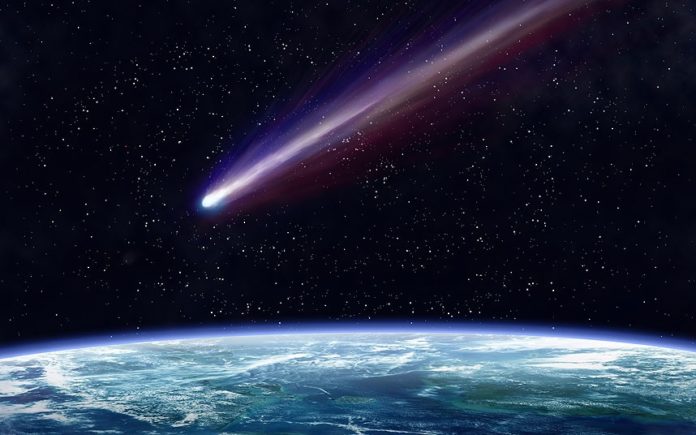A big treat awaits for comet hunters as comet 41P visits after a very long time. On April 1, 2017, comet 41P will pass closer than it normally does to Earth.
For observers with binoculars its a special viewing opportunity. Observers can see it near the constellations Draco and Ursa Major. In 1973, the comet put on a spectacular show. The comet, if experiences similar outbursts this time, it will be a great treat for observers. It can be seen with naked eye.
Comet 41P, officially called 41P/Tuttle-Giacobini-Kresák, is in honor of its three discoverers. Discovery credit goes first to Horace Tuttle, who spotted the comet in 1858. Michael Giacobini rediscovered the comet in the year 1907. Later, the astronomer Andrew Crommelin determined that the two observations had been of the same object. He also predicted that the comet would return in 1928 and 1934. However, the object was not seen then and was considered lost. Later in 1951, L’ubor Kresák discovered it again.

Comet 41P is a member of the Jupiter family of comets. It makes a trip around the sun every 5.4 years. On this approach, the comet will pass our planet at a distance of about 13 million miles. This is the comet’s closest approach to Earth in more than 50 years. The comet will make its closest approach to the sun on April 12.
Michael DiSanti and his team will observe 41P on April 1 using NASA’s Infrared Telescope Facility in Hawaii. They will also look for outbursts, which are an indication of how active a comet is. The team will research on the comet’s composition, coma and also the nucleus.
On observing comets he said, “Comets are remnants from the early solar system. Each comet that comes into the neighborhood of Earth gives us a chance to add to our understanding of the events that led to the formation of our own planet”.
























